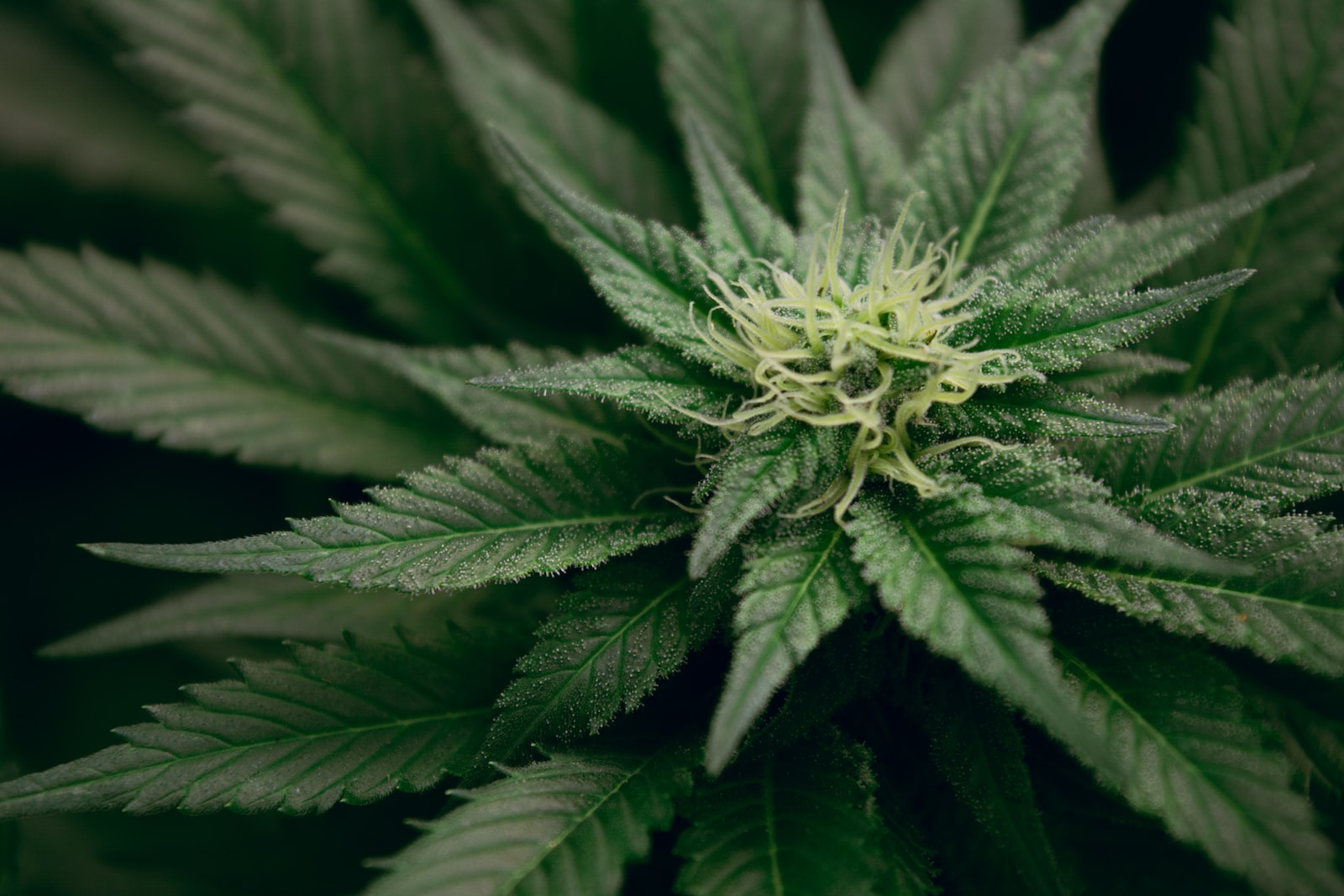Cannabis cultivation has evolved into a fine art, and one of the critical aspects of achieving a successful harvest is understanding when to pollinate cannabis. Timing is everything in the world of cannabis cultivation, and the decisions you make during this crucial stage can significantly impact the quality and quantity of your yield. In this comprehensive guide, we will delve into the intricacies of when to pollinate cannabis, exploring the factors that influence this decision, various methods, and answering the most frequently asked questions. Whether you are a novice or an experienced grower, this article aims to equip you with the knowledge and expertise needed to maximize the potential of your cannabis plants.
When to Pollinate Cannabis: An Essential Step
The process of pollination is a pivotal moment in the life cycle of a cannabis plant. It is during this phase that the plant’s female flowers are fertilized, leading to the development of seeds. While many growers aim to cultivate seedless, high-potency buds (known as sinsemilla), others may have specific breeding goals that require controlled pollination. In either case, understanding when to pollinate cannabis is crucial. Let’s explore the factors that influence this decision:

Factors Influencing the Timing of Pollination
Cannabis Strain
Different cannabis strains have varying flowering periods. Sativa strains typically have longer flowering times compared to Indica strains. Understanding your strain’s genetics is the first step in determining when to pollinate.
Plant Sex
Identifying the sex of your cannabis plants is essential. Only female plants produce the coveted flowers, while male plants are responsible for pollination. Remove male plants promptly to prevent accidental pollination.
Desired Outcome
Your goals as a grower play a significant role in when to pollinate. Are you aiming for seedless, high-potency buds, or do you have specific breeding objectives? Your desired outcome will dictate the timing.
Trichome Development
Trichomes, tiny hair-like structures on cannabis flowers, go through distinct stages. Many growers prefer to pollinate when trichomes are milky or amber, indicating peak potency.
Environmental Factors
External conditions such as temperature, humidity, and light cycles can influence the timing of pollination. Ensure your growing environment is optimized for the chosen pollination time.
Plant Health
Healthy plants are more likely to produce robust offspring. Ensure your plants are free from pests, diseases, and nutrient deficiencies before pollination.
Methods of Pollination
Now that we’ve discussed the critical factors influencing when to pollinate cannabis, let’s explore the various methods used by growers:
Natural Pollination
– Allowing Nature to Take Its Course
Natural pollination occurs when you have both male and female cannabis plants in close proximity. Wind and insects facilitate the transfer of pollen from male to female plants. This method is unpredictable but often yields genetically diverse offspring.
Controlled Pollination
– Precise Breeding
Controlled pollination involves selecting specific male and female plants for breeding purposes. This method allows growers to create hybrids with desired traits. It’s essential to isolate chosen plants to prevent unwanted pollination.
Self-Pollination
– A Solitary Approach
In self-pollination, a hermaphrodite (a plant with both male and female reproductive organs) can pollinate itself. While this method guarantees genetic stability, it may result in a higher likelihood of hermaphroditism in offspring.
FAQs: Your Burning Questions Answered
Q: When is the best time to pollinate cannabis for seedless buds?
A: The ideal time for seedless buds is when trichomes are milky or amber. This stage typically occurs a few weeks into the flowering phase.
Q: Can I use male plants for anything other than pollination?
A: Male plants are not typically used for consumption due to their low cannabinoid content. However, they are crucial for breeding and creating new strains.
Q: How can I ensure successful controlled pollination?
A: To ensure controlled pollination, isolate the selected male and female plants from other cannabis plants to prevent accidental pollination.
Q: What is the risk of hermaphroditism in self-pollination?
A: Self-pollination increases the risk of producing hermaphrodite plants in subsequent generations due to the genetic predisposition for this trait.

Q: Can I pollinate cannabis outdoors?
A: Yes, cannabis can be pollinated outdoors, but it’s essential to consider environmental factors and potential risks, such as pollen contamination from nearby wild cannabis plants.
Q: How do I store cannabis seeds after pollination?
A: Store cannabis seeds in a cool, dark, and dry place to maintain their viability. Proper storage can extend their shelf life for several years.
Conclusion
In the world of cannabis cultivation, understanding when to pollinate is a vital skill that can make the difference between a bountiful harvest and a disappointing one. By considering factors like strain, plant sex, desired outcomes, trichome development, environmental conditions, and plant health, you can make informed decisions about when to pollinate your cannabis plants. Additionally, knowing the various methods of pollination, from natural to controlled, empowers you to achieve your specific growing goals.
As you embark on your cannabis cultivation journey, keep in mind that experience and observation will refine your timing decisions. By following the guidelines in this comprehensive guide and continuously honing your skills, you can cultivate healthier, more potent cannabis plants and enjoy the fruits of your labor.
